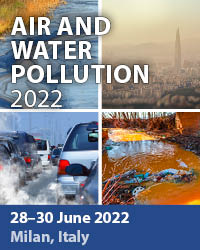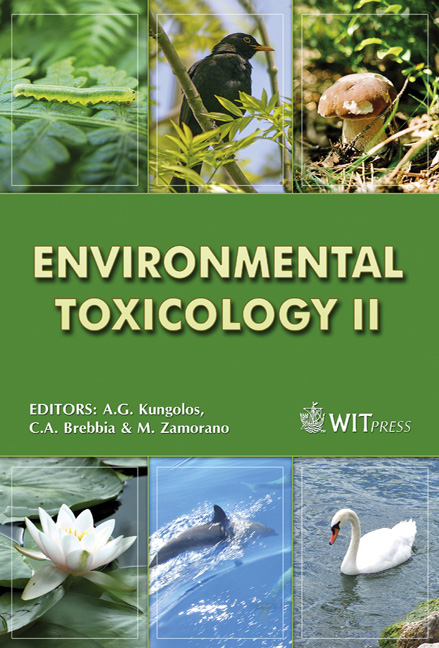Classical And Novel Organohalogen Compounds (PCBs And PBDEs) In Hake (M. Merluccius, L.) From The Mediterranean And Atlantic Coasts (France)
Price
Free (open access)
Transaction
Volume
110
Pages
10
Page Range
157 - 166
Published
2008
Size
467 kb
Paper DOI
10.2495/ETOX080171
Copyright
WIT Press
Author(s)
X. Bodiguel, J. Tronczyński, V. Loizeau, C. Munschy, N. Guiot, A. M. Le Guellec, N. Olivier, F. Roupsard & C. Mellon
Abstract
Levels of polychlorinated biphenyls (PCBs) and polybrominated diphenyl ethers (PBDEs) were determined in the muscle and liver of European hakes (Merluccius merluccius, L.) from the Mediterranean and Atlantic coasts (France). The liver was always the most contaminated organ by both groups of compounds. Hakes from the Gulf of Lions (Mediterranean) present concentrations of PCBs and PBDEs 1.6 to 13.5 times higher than hakes of a similar size from the Bay of Biscay (Atlantic). Although PCBs present higher levels compared to PBDEs, their concentrations were significantly correlated. The contaminant patterns in hakes were similar in the two studied areas, and were dominated by higher chlorinated PCBs (CB153, 138, 180 and 170), and lower brominated PBDEs congeners (BDE47, 100, 49, and 99). Concentrations globally increase with hake size, and males appear to be more contaminated than females of the equivalent size. However, the compound levels also depend on the physiological status of fish. Keywords: Merluccius merluccius, demersal fish, polychlorinated biphenyls, polybrominated diphenyl ethers, Gulf of Lions, Bay of Biscay. 1 Introduction During recent decades, persistent halogenated compounds (PHCs) have been largely used and emitted to the environment. Two compound groups regularly found in marine biota are polychlorinated biphenyls (PCBs) and polybrominated
Keywords
Merluccius merluccius, demersal fish, polychlorinated biphenyls, polybrominated diphenyl ethers, Gulf of Lions, Bay of Biscay.





